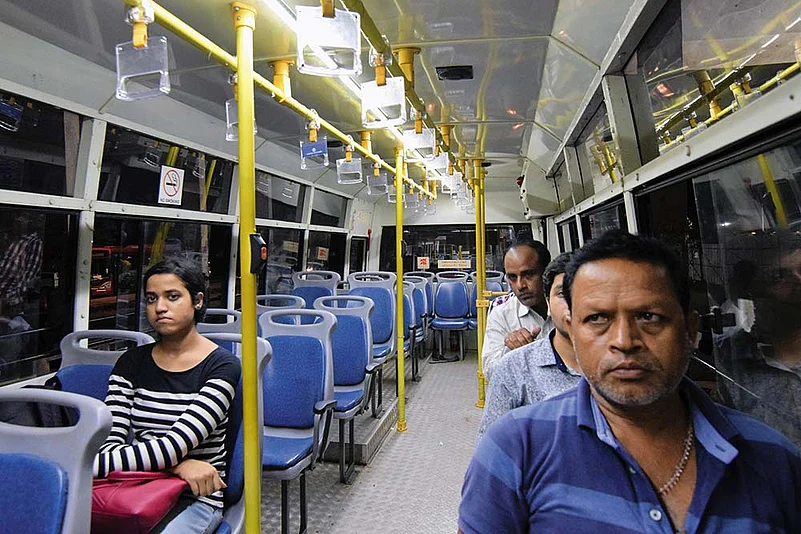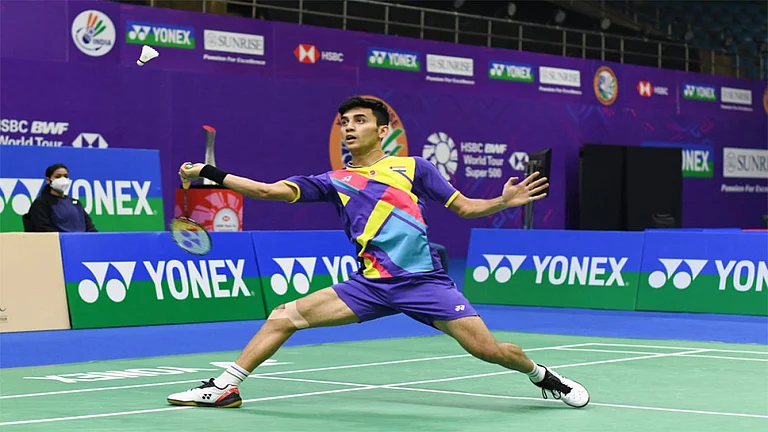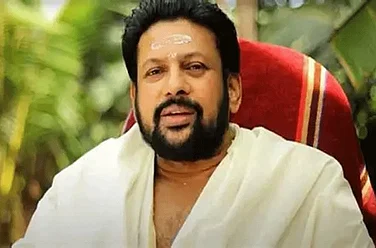It has everything an urban commuter might need. The choice of AC and non-AC buses; spacious, comfortable seats, some earmarked for women and senior citizens; reasonably low fares (starting from Rs 8 for AC buses and Rs 5 for non-AC buses); WiFi, CCTV, online ticketing facilities and an app. There is even a discount of 20 per cent for those who use the Odyssey card, specially launched for the service, and 10 per cent on digital wallet payments. What more, it services most areas of Bhubaneswar at regular intervals. For any other Indian city, it would have been a coveted infrastructure upgrade. Yet, the Mo Bus (‘my bus’ in Odia), launched with great jubilation on November 6 last year to coincide with the Hockey World Cup held in the city, does not have enough takers.
Even during the morning and evening peak hours, it is common to find half the seats empty. After the evening rush hour, the number of passengers drops to 5-7. At night, it is not rare to find just 2-3 people. Capital Region Urban Transport (CRUT), an organisation under the department of housing & urban development that runs the service, has pegged the number of daily passengers at 60,000—a modest figure in a city with a population of nearly a million. But an undeterred CRUT, which already has a fleet of over 300 buses, plans to add more by the end of the year. No wonder most people feel these would meet the same fate as their predecessors—the buses run by the erstwhile Bhubanewsar-Puri Transport Service Limited, over 100 of which are languishing at the Pokhariput depot.
Commuters who use public transport seem to prefer travelling on costlier auto-rickshaws, where they are often packed like gunny bags. Minakshi Pattnayak, who works in a government office, explains, “One has to wait to board these buses. In these busy times, who has the patience? Besides, commuters have to alight at a fixed stop, from where they have to walk to their destination. In contrast, autos stop to pick and drop us wherever we want. Travelling from Master Canteen to KIIT Square on Mo Bus could take up to an hour. One can cover the route in half the time or even less in an auto. Hence, auto-rickshaws are more convenient for me.” That could also be a reason why private city buses, which are no match for Mo Buses in terms of comfort, are doing better.

Not all Mo Buses are sparsely populated though. “The ones that connect the fringes of the city, such as Jatni and Bharatpur, or nearby cities like Puri and Cuttack, which are not serviced by auto-rickshaws, do run full or almost full,” says Santosh Das, a resident of the Barabari locality of Bhubaneswar.
But the major reason for commuters not using the service in Bhubaneswar is that most people here prefer using their personal transport, says a CRUT official. “The city is yet to develop a culture of using public transport,” he declares.
He certainly has a point. Data available with the transport department and the two RTO offices in Bhubaneswar show that the number of vehicles in the city exceeds the human population. While the projected population of the city in 2019 is about 9.39 lakh (8.36 lakh as per the 2011 census), there were already 9.77 lakh vehicles in 2015, a three-fold jump since 2005, according to a written reply by the then transport minister Ramesh Majhi in the Odisha assembly in February 2015.
Apart from clogging roads and making driving tedious, the high vehicle-human ratio has also increased air pollution to worrying levels. The Centre for Science and Environment, which works on mobility solutions amongst other issues, has expressed concern over the growing motorisation of Bhubaneswar. Unless residents switch to public transport, they might end up throwing their city, which once drew people for its temperate climate and pristine environment, under the bus.
By Sandeep Sahu in Bhubaneswar


























